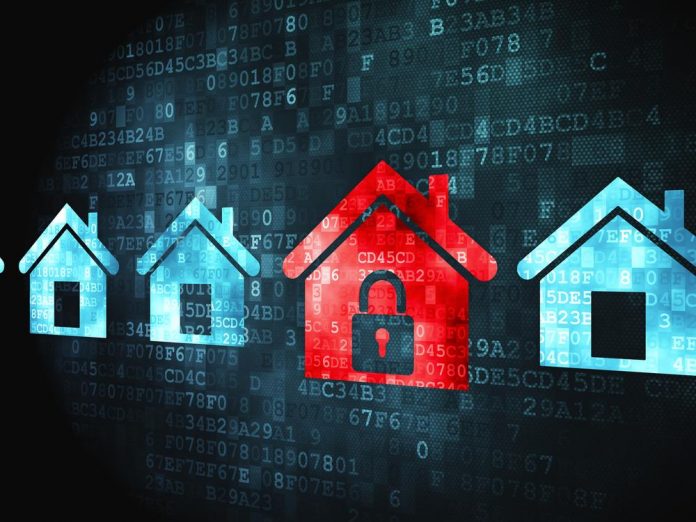
Security is of the utmost importance in this day and age we live in. People want their personal spaces to be protected against anything: theft, robbery, home invasion, kidnapping and more are some of the threats that we face every day. The last thing you want to be doing is constantly searching for key cutting near me as a result of needing new locks from prior security breaches
Luckily, technology has advanced significantly, making plenty of home security systems very accessible for most people. You no longer need to be a huge corporation or a sophisticated business to have your property and belongings secured.
Nowadays, homeowners have a broad range of options to choose from if they want to reinforce their home security and protect their families. Whether they want to go for a traditional setup or a DIY approach, there are alternatives to keep houses safe at all times.

Consider readymade options for home security first
Some consolidated companies in the industry have made a name for themselves by providing the best readymade security systems for homeowners. Some of them are ADT, Protect America, Vivint, FrontPoint, and Scout.
These industry leaders offer catered subscription plans for their services and equipment. Depending on which one you choose, you get more or less coverage and pieces of equipment for fees as low as $9.99 per month.
Some of the companies offer the alternative to just lend or sell the security gear to users and let them do all the installation work themselves. This is a smart option since businesses charge over $100 in average for installation fees. Most of this equipment is wireless and requires little actual housework to install.
Security cameras, home assistants, and mobile devices: the DIY road
Most people already own the primary piece of equipment for their home security needs: a mobile device. With the dawn of the Internet of Things, a smartphone or tablet is all users need to get started in making their home safer.
From here on, people need to determine what exactly they want out of a security system. If they just want to monitor the rooms and surroundings of the house, a couple of cameras will do. If they want alarms and automated security measures, a home assistant will do the trick.

Indoor and outdoor security cameras are essential
Security cameras come in indoor and outdoor varieties. Nest is one of the companies which offers both options. The Nest Cam Indoor and Outdoor security cameras both include support for two-way audio, cloud storage, 1080p video, and Wi-Fi streaming 24/7.
Each of them cost nearly $200, but ordering them in bulk will get users a discount. It is not strictly necessary, though since the field of view is quite broad and it instantly sends push notifications to homeowners when detecting unusual activity through its proximity sensors and face-recognition features.
Other options for indoors include the $199 Canary All-in-One Home Security Device and the $99 Vimtag 361 HD. The Canary integrates an alarm system and camera movement options, while the Vimtag is a more affordable option with an impressive set of specs.
Outdoors alternatives include the $149 Kuna Camera and the $195 Arlo Q. The Kuna has the added benefit of posing as an outdoor light with interactive features, while the Arlo Q has weatherproof capabilities and an extended range of view including enhanced night vision.
The installation for all of these cameras is mostly seamless, relying only on a power cable and a Wi-Fi connection. The setup is also pretty basic, with dedicated guides available on their official sites as well as mobile apps to track the streaming.

Google Home or Amazon Echo can help make homes safer
For those who want to take it to the next level, they can add a home assistant like the $179 Amazon Echo and Echo Dots, or the recently released $129 Google Home. Either of these will grant you with the ability to link your cameras and devices to set up alarms or trigger safety measures.
Through apps like IFTTT, homeowners who receive notifications from their smart security cameras can have their home assistants call 911, alert neighbors or family, and more.
All in all, a high-end DIY setup shouldn’t run any homeowner more than $1,000. Depending on how large the house is, there are also domestic security systems with multiple cameras available at affordable prices on sites like Amazon, Newegg, and Best Buy.
Source: Safewise










